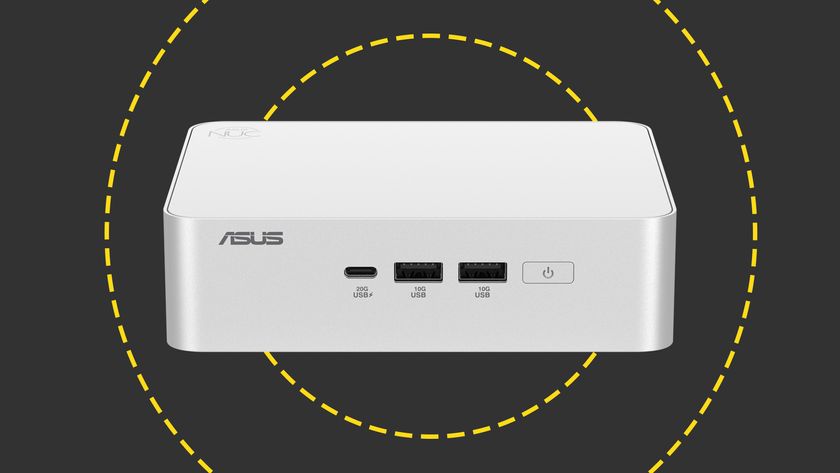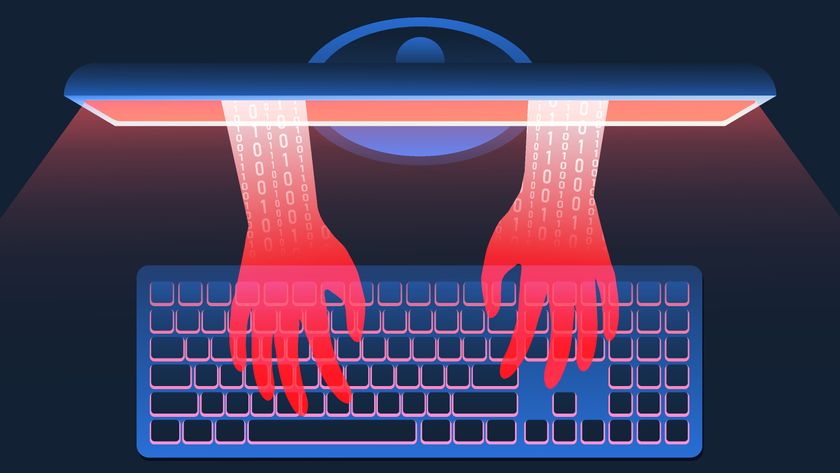Supporting customers on their zero trust journey
Adrian Rowley discusses how partners can help customers adopt this new security mindset

The cyber security landscape has been completely transformed over the last 12 months, with the majority of organisations seeing a rise in threats since the beginning of last year. The era of remote working has only exacerbated this problem due to workers accessing networks at any time, from anywhere, with their personal or work devices, through their home or public Wi-Fi connections. Coupled with employee disengagement, this makes an organisation far more vulnerable to attack.
For channel partners set on providing a positive customer experience, it’s essential this raised threat level is acknowledged, at the very least. They should be prepared to support customers in tackling their security challenges, acting as key advisors in the mission to address client pain points by offering bespoke services.
A good place to start for many channel partners working to support CIO/CISOs and their teams is encouraging a zero trust model. This is an important aspect in the era of digital transformation and remote working, and channel partners can be well-placed leverage their knowledge of it so it can become a beneficial framework for customers.
A new way of thinking
To create security resilience in times of uncertainty, companies must move away from the idea that any asset or user within the network perimeter can be trusted. It’s necessary for channel partners to help customers understand that zero trust is neither a technology nor a setup, but instead an attitude.
It’s a concept that requires every user, including internal members of an organisation, to be regularly authenticated. Because it’s impossible to monitor what you can’t see, moreover, companies need help to obtain a clear view of everything that’s happening on their network.
Zero trust typically involves negative connotations stemming from the idea that ‘no one is trusted’. Fortunately, opinions on zero trust have started to shift, especially because it allows IT and security leaders much more control at a time where networks are only getting more dispersed and complex. Rather than the inherent trust previously offered to those inside the network, a lack of visibility, increase in endpoints and dramatic shift to the usage of personal devices means it’s less practical to trust those within the network.
While it may come as a culture shock to some, this philosophy will expand in 2021 and become the ideal security architecture as hybrid working takes precedence. With more and more businesses adopting zero trust, it’s becoming one of the most sought-after methods to combat the expanding threatscape - and rightly so.
Channel Pro Newsletter
Stay up to date with the latest Channel industry news and analysis with our twice-weekly newsletter
The cyber crime fightback
For channel partners to stay relevant, they must share their technical knowledge with clients and become an active part of their zero trust journeys. Shifting to this model is no easy feat but it’s imperative to ensure fool-proof protection at a time when IT environments are complicated by a fluid workforce and fiercer cyber attacks than ever. There are three steps that can truly benefit channel partners, allowing them to help their customers succeed in this challenging landscape:
Communicate: Zero trust is not a new idea, yet it’s one that can often be misunderstood. With proper communication, channel partners can explain the processes, correct company culture and recommend best network visibility tools that all contribute towards creating the ideal environment. They will begin to gain the customer’s trust and step into the role of a supportive ally in the face of escalating cyber attacks.
Understand: Following a challenging financial year for many, channel partners need to understand their customers won’t have huge budgets which can be used to invest in new technologies. Rather, partners must tailor their proposals to what is realistic for the organisation by implementing technologies that will help optimise their existing investments.
Demonstrate: While security will be a big concern for many companies, it won’t be their sole focus. It’s important that channel firms demonstrate how a zero trust mindset may help their customers in more ways than one. This architecture can help to boost employee productivity, as well as allow the wider business to better cope with the current climate. With potentially sensitive data flowing between corporate networks and personal devices, a framework that increases security, reducing the threat of breaches from internal and external sources, without impacting productivity is a no-brainer. As long as channel partners demonstrate the benefits of zero trust, it’ll be difficult for clients to ignore its potential.
Cyber security worries are plaguing many businesses. While employee engagement weakens as further lockdown restrictions are put in place, this remote and distributed landscape looks set to sta. However, embarking on a zero trust journey is an effective means to fight back against cyber crime, with many more IT leaders adopting the philosophy. If channel partners want to help their customers emerge victorious this year, they should embrace the zero trust mindset and become the support system for every business looking to invest in cybersecurity.
Adrian Rowley is senior director sales engineering EMEA with Gigamon
















